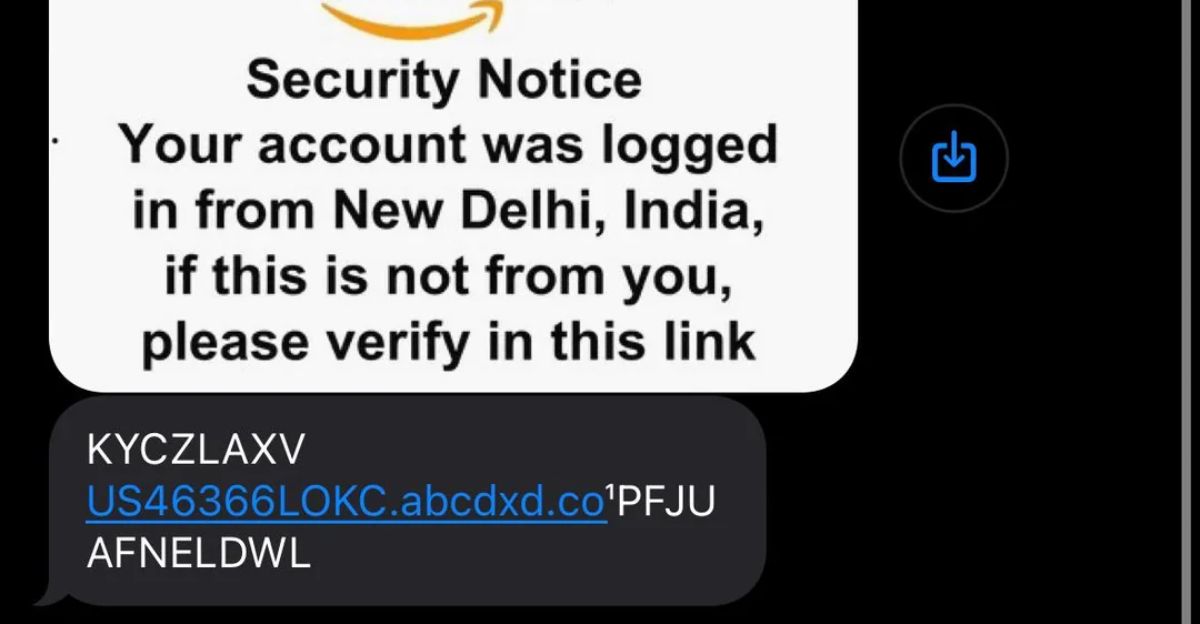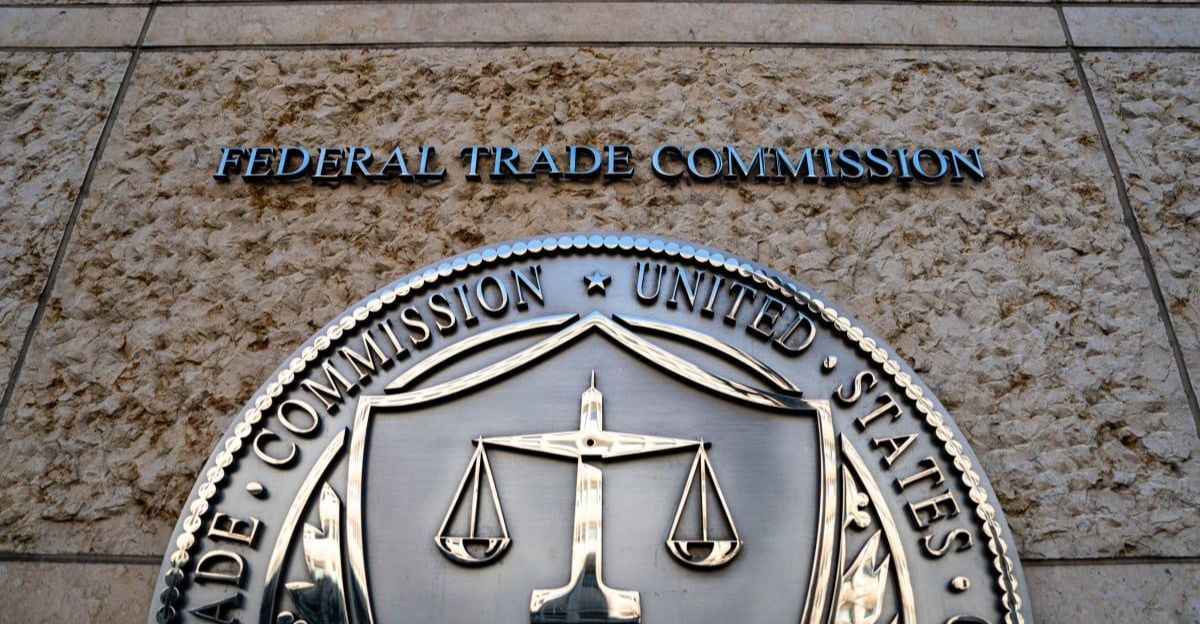
Shopping has completely changed in the last decade, and along with change comes new risks you need to be aware of. For Amazon shoppers, these are sophisticated cyberattacks and phishing scams. As Prime Day and other shopping events draw millions to the platform, scammers are ramping up efforts to impersonate Amazon, sending emails, texts, and even phone calls that look surprisingly real.
To avoid getting caught in a scam that will cost you money rather than save you a few bucks, make sure you know what to look for before that big sale hits.
Spike in Phishing Attacks

Recent cybersecurity analyses reveal that over 120,000 fake Amazon-related websites have been identified in just the past two months, an 80% year-over-year increase in impersonation scams. Of these, 92,000 were specifically designed as phishing pages to steal user credentials.
In a scam study by McAfee Labs, more than 36,000 fake Amazon domains and over 75,000 scam texts were sent to unsuspecting customers this season. Many of these attacks use sophisticated techniques, including AI-generated emails and deepfake content, making them harder than ever to detect.
How the Scams Work

Scammers send convincing emails, texts, or calls that appear to come directly from Amazon. These messages often claim there’s an urgent issue with your Prime membership and ask you to click on a link or button, like “Cancel Subscription” or “Verify Now.”
The links redirect unsuspecting users to fake websites that are nearly indistinguishable from the real Amazon login or checkout pages. Attackers use these sites to harvest Amazon account credentials, payment details, and sometimes even additional personal information, often using data from previous breaches to personalize their approach and make their ploy seem more legitimate.
Fake Renewals and Order Alerts

These emails typically warn users that their Prime membership is about to auto-renew, often at an unexpectedly high price. They may also reference unrecognized purchases and demand urgent action to “verify” or “cancel” the order.
Clicking these links directs unsuspecting recipients to expertly crafted, counterfeit Amazon login pages that steal account credentials and financial data. Some emails even threaten account suspension or additional charges to heighten the urgency.
Amazon urges users never to trust emails requesting sensitive information, always to access accounts directly through the official website or app, and to double-check activity via the Amazon Message Center.
Surge in Text and Phone Scams

Cybercriminals have launched large-scale campaigns, blasting out millions of fake SMS messages with links that direct victims to convincing counterfeit Amazon sites. These scams use short-code links to disguise malicious URLs and rely on the assumption that nearly everyone has made a recent Amazon purchase, making their pitch believable.
At the same time, phone scams have escalated, with fraudsters impersonating Amazon support through live and automated calls. “The link in the message leads to a fake Amazon site designed to steal your account details and hack it,” reports Forbes.
Amazon has seen a 71% increase in phone scams in just one month, with many attacks exploiting sophisticated “SIM farms” to bypass spam filters and reach more users.
The Scale of Amazon’s Countermeasures

The company now operates a multi-layered approach to safeguarding its users, leveraging artificial intelligence and industry-leading technology to rapidly detect and remove fraudulent domains and fake websites. Over 55,000 phishing sites and 12,000 scam phone numbers have been removed in the past year. They also have mandatory two-factor authentication for logins and real-time suspicious activity alerts.
“Scammers who attempt to impersonate Amazon put consumers at risk,” said Dharmesh Mehta, vice president of Selling Partner Services. “Although these scams take place outside our store, we will continue to invest in protecting consumers and educating the public on how to avoid scams.”
Manipulating Trust and Urgency

Scammers are master manipulators and know exactly what to say or do to stir a little bit of anxiety in you. By falsely claiming urgent issues like suspicious account activity, pending charges, or imminent account lockouts, scammers can pressure recipients to act immediately rather than pause and verify.
Psychological manipulation is incredibly effective, nearly 70% of cyberattacks on Amazon customers now use these tactics.
Confirmation via the Amazon App or Website

When in doubt, always check the website or app. Customers should always check the Amazon Message Center directly within the official app or website to confirm if a communication is genuine. All legitimate messages from Amazon will appear in this Message Center under “Your Account.”
If a message or order confirmation does not appear there, it is almost certainly a scam. Although clicking a link might take a little longer, this will ensure that your information stays safe and out of the wrong hands.
New Security Features for Email Verification

One major upgrade Amazon has rolled out is integrating AI-powered email security systems, notably the Vade Advanced Email Security Add-On for Amazon’s Mail Manager. This feature leverages machine learning and behavioral analysis to detect and block phishing emails, spam, and malware in real time as messages are received.
“Gmail, Yahoo, and other major email users will now see the Amazon smile logo beside genuine emails,” noted Amazon. These layered updates, combined with the existing two-step verification and secure domain configuration, show just how serious Amazon is about taking its shoppers’ security.
What to Do If You Suspect a Scam

If you suspect an Amazon scam has targeted you, do not click on any links, download attachments, or respond to emails, texts, or phone calls requesting sensitive details.
If you’ve received a suspicious email, forward it to [email protected] and then delete it from your inbox. For texts, never use links or phone numbers provided in the message.
If you’re not a customer, report unwanted texts by forwarding them to 7726 (SPAM) and file a report via Amazon’s self-service tool or email [email protected].
Common Red Flags to Spot Scams

If you look close enough, it’s easy to spot a scam about to happen. One major warning sign is an email or text that creates a false sense of urgency. Always check the sender’s email address carefully—official messages will come from the “@amazon.com” domain, while scammers often use addresses with minor misspellings or unfamiliar domains.
Be wary of generic greetings such as “Dear Customer” instead of your actual name, as Amazon typically personalizes its correspondence. If a message or phone call claims urgent action is needed, always verify its legitimacy through the official Amazon app or website, not the contact details provided in the suspicious message.
The Rise of Personalized Attacks

With scammers getting smarter each year, it might be harder to spot a scam, as they might access your data in other ways to make it seem more legitimate. Cybercriminals routinely harvest personal details from major data breaches, social media profiles, and data brokers, enabling them to address victims by name and include identifying information in their phishing messages.
Some campaigns even reference real orders or personal preferences, boosting their credibility and success rate. The rising use of stolen data underscores why Prime members must use strong, unique passwords, enable two-factor authentication, and stay alert.
The Role of the FTC and Law Enforcement

The Federal Trade Commission (FTC) issues public alerts to warn consumers about new scam tactics and clear instructions for reporting fraud. The agency aggressively pursues legal action against individuals and companies running impersonation and phishing schemes.
Amazon collaborates closely with police, federal agencies, and global partners to dismantle large-scale scam operations. This has resulted in millions in court-ordered penalties and the imprisonment of dozens of fraudsters.
Official Amazon User Safety Tips

There are a few things you can do to ensure that our account is always secure and safe from attacks. First and foremost, you should always access your account by typing “amazon.com” directly into your browser or by using the official Amazon app, rather than clicking links in unsolicited emails or texts.
Strengthening your account security by enabling two-factor authentication (2FA) is also highly recommended, as it protects your account even if your password is compromised. Use strong, unique passwords, updating them regularly and storing them securely.
As a reminder, Amazon will never ask you to download software or give remote access for help.
Final Word from Amazon

The company acknowledges that while its security technology and partnerships with law enforcement are stronger than ever, the human element remains critical in the fight against online scams. “We are committed to protecting every customer, every day, but security is a partnership,” Amazon reiterates.
Amazon promises to continue investing in advanced security features, educational campaigns, and rapid response measures as the threat landscape evolves.